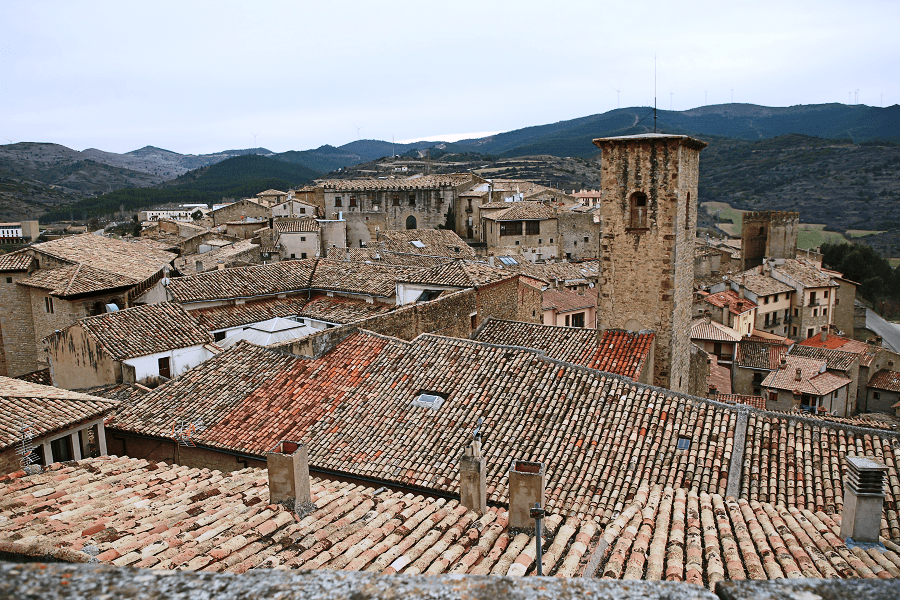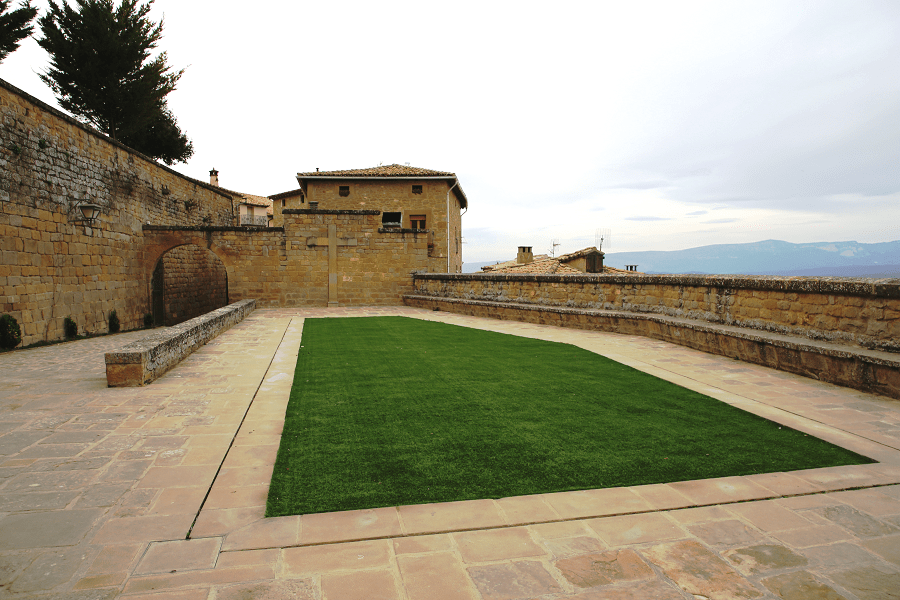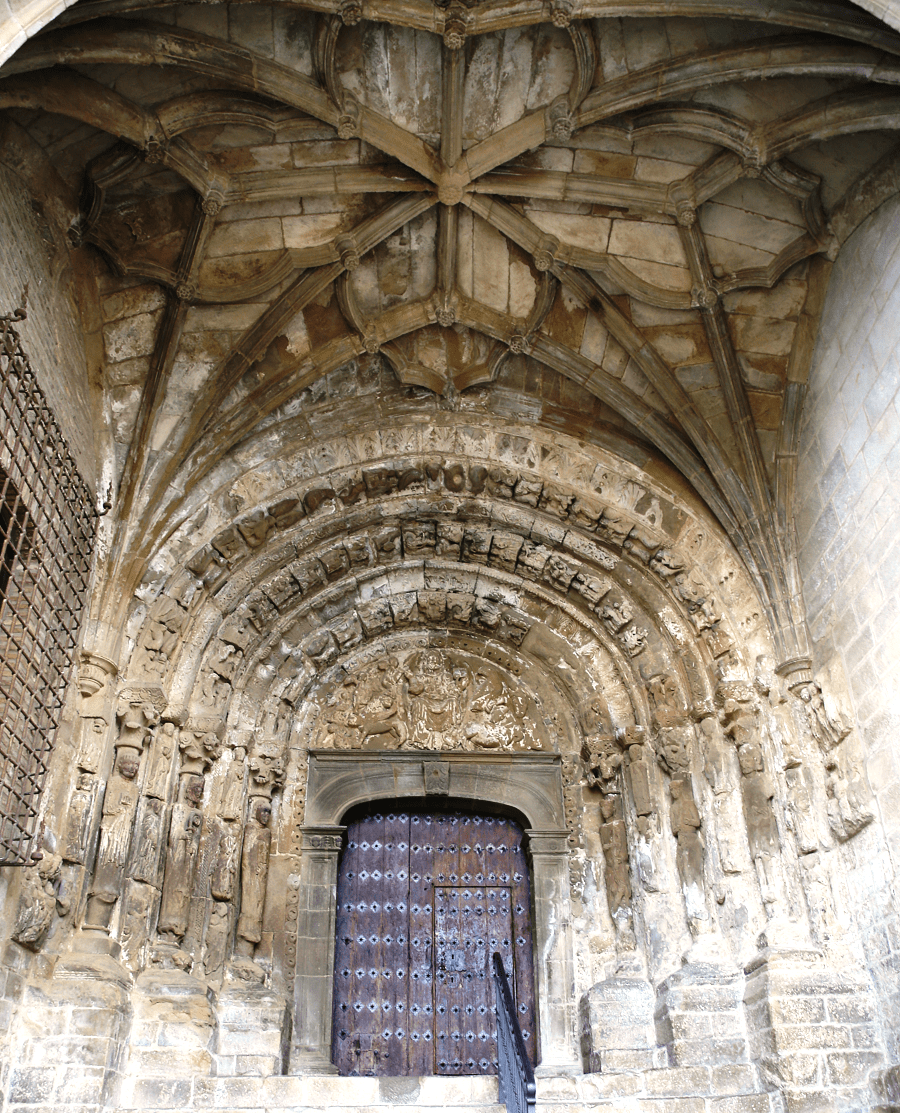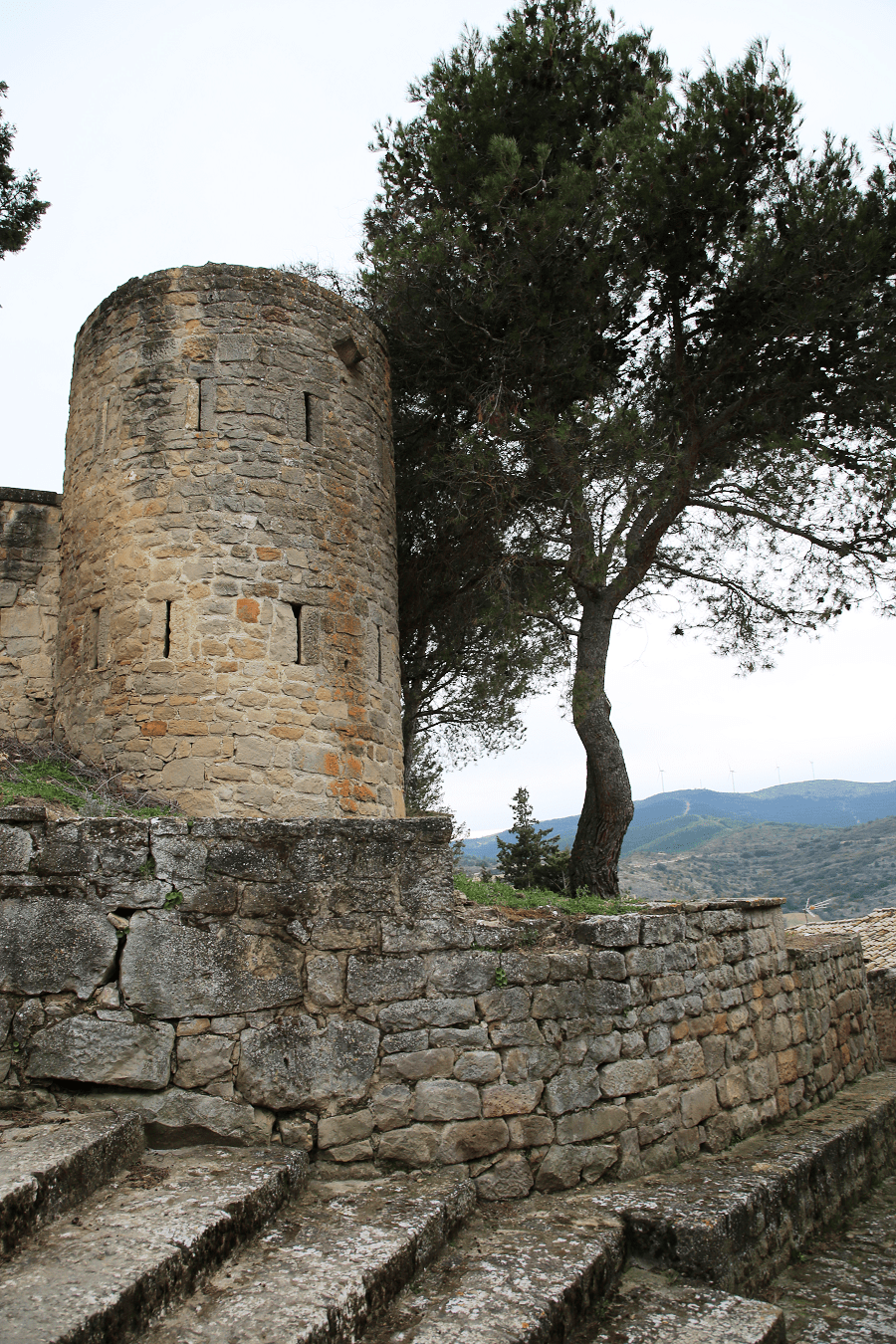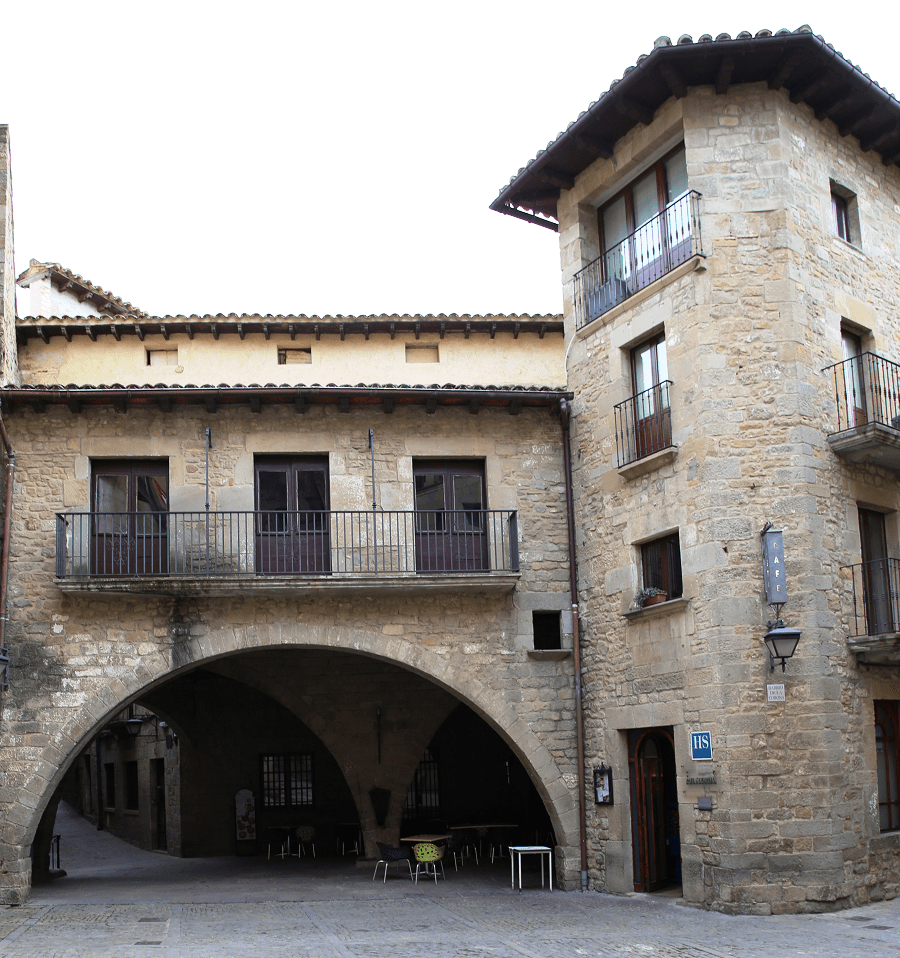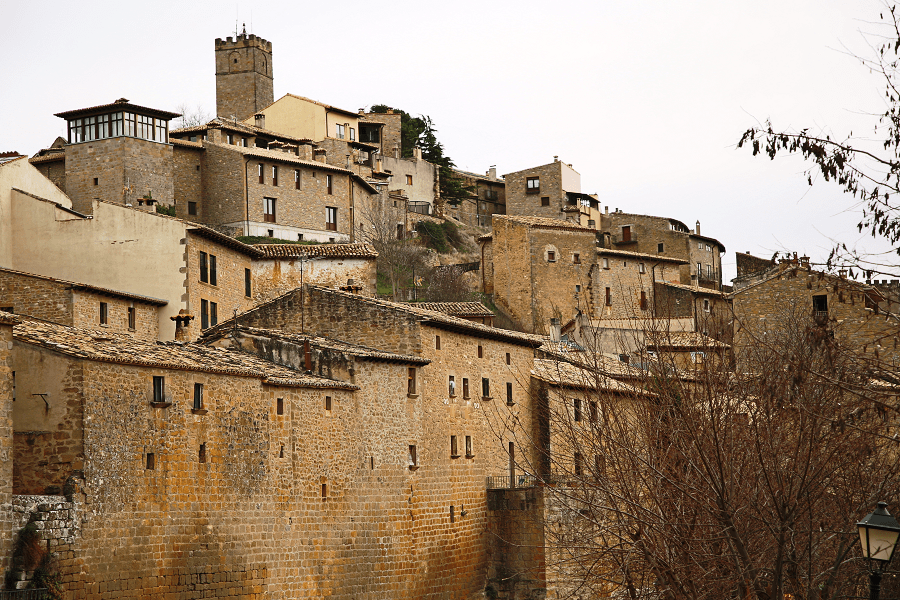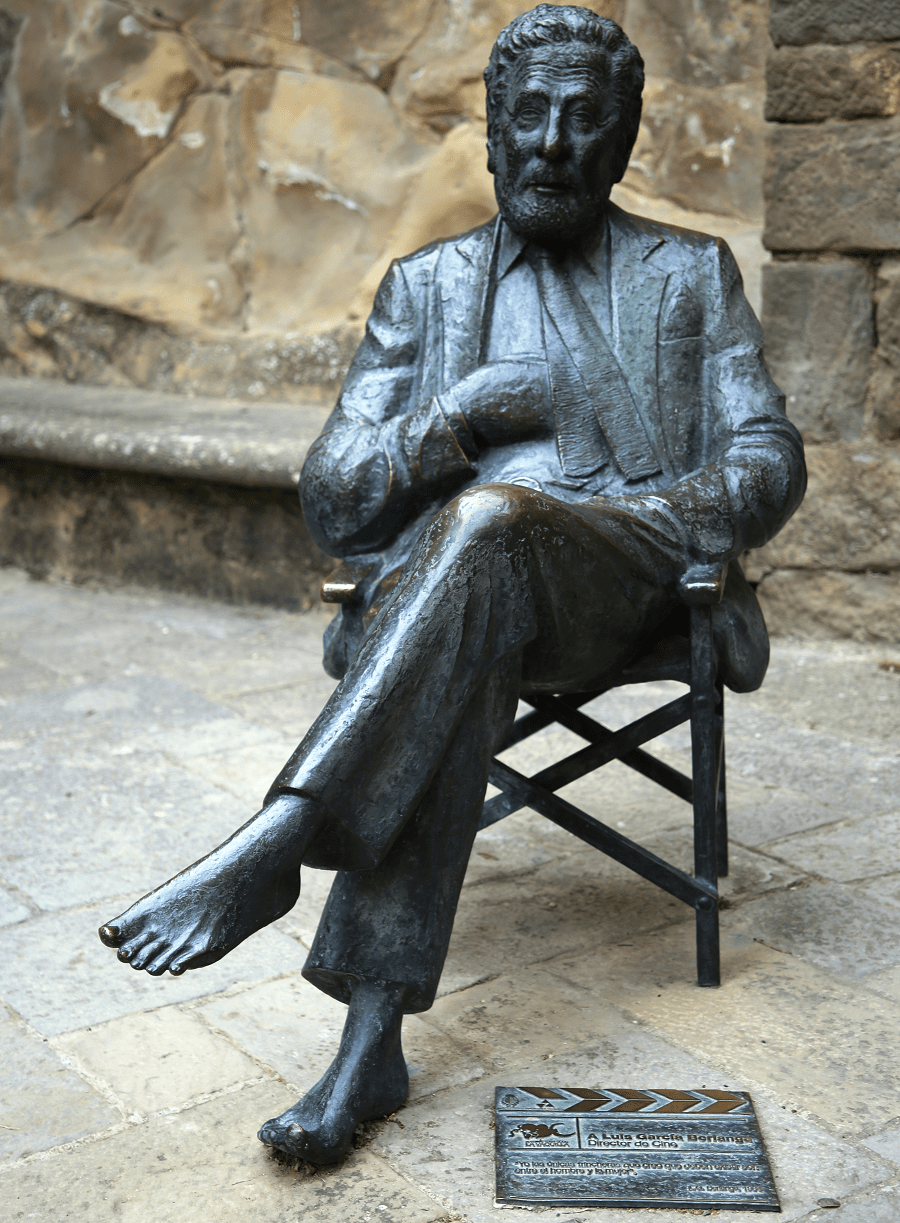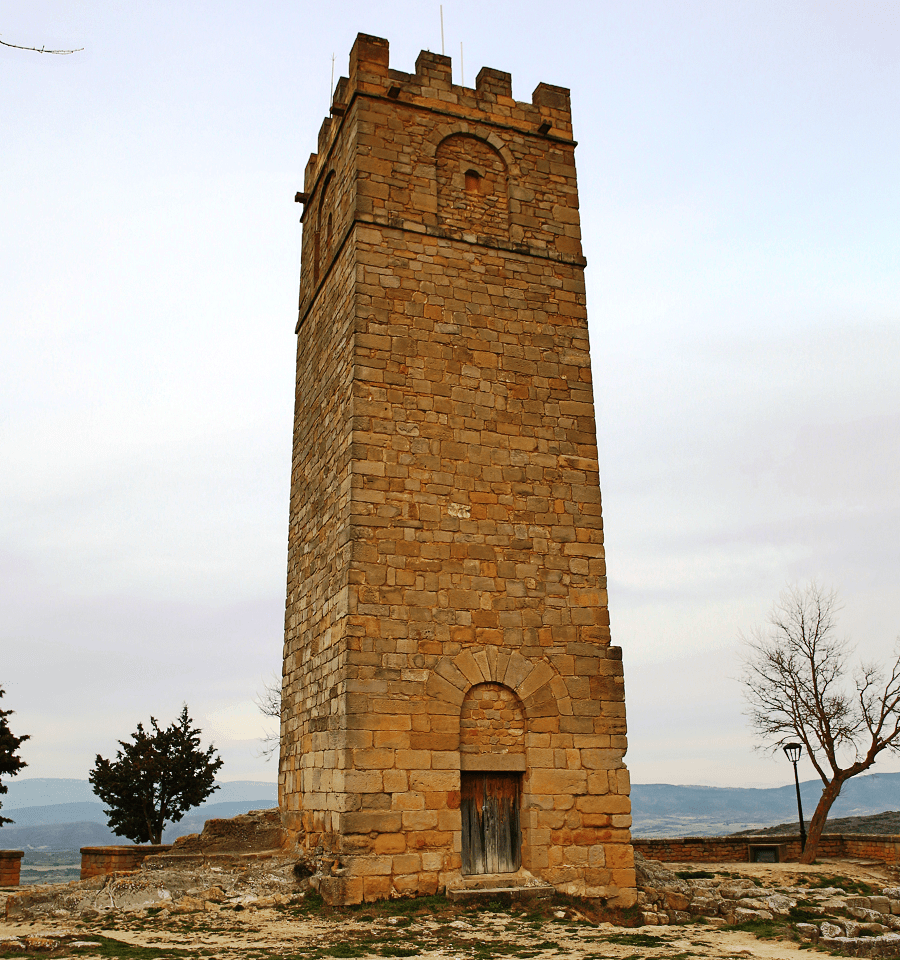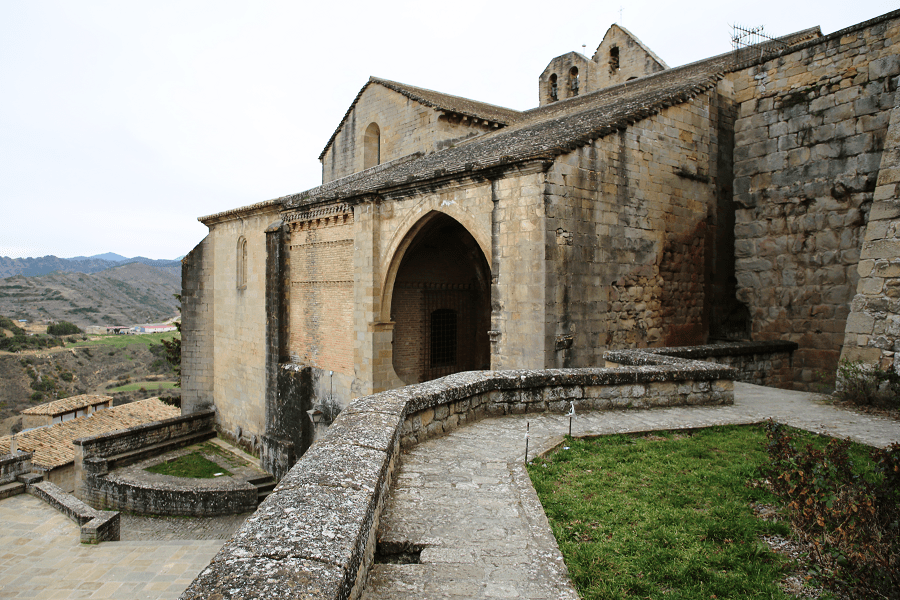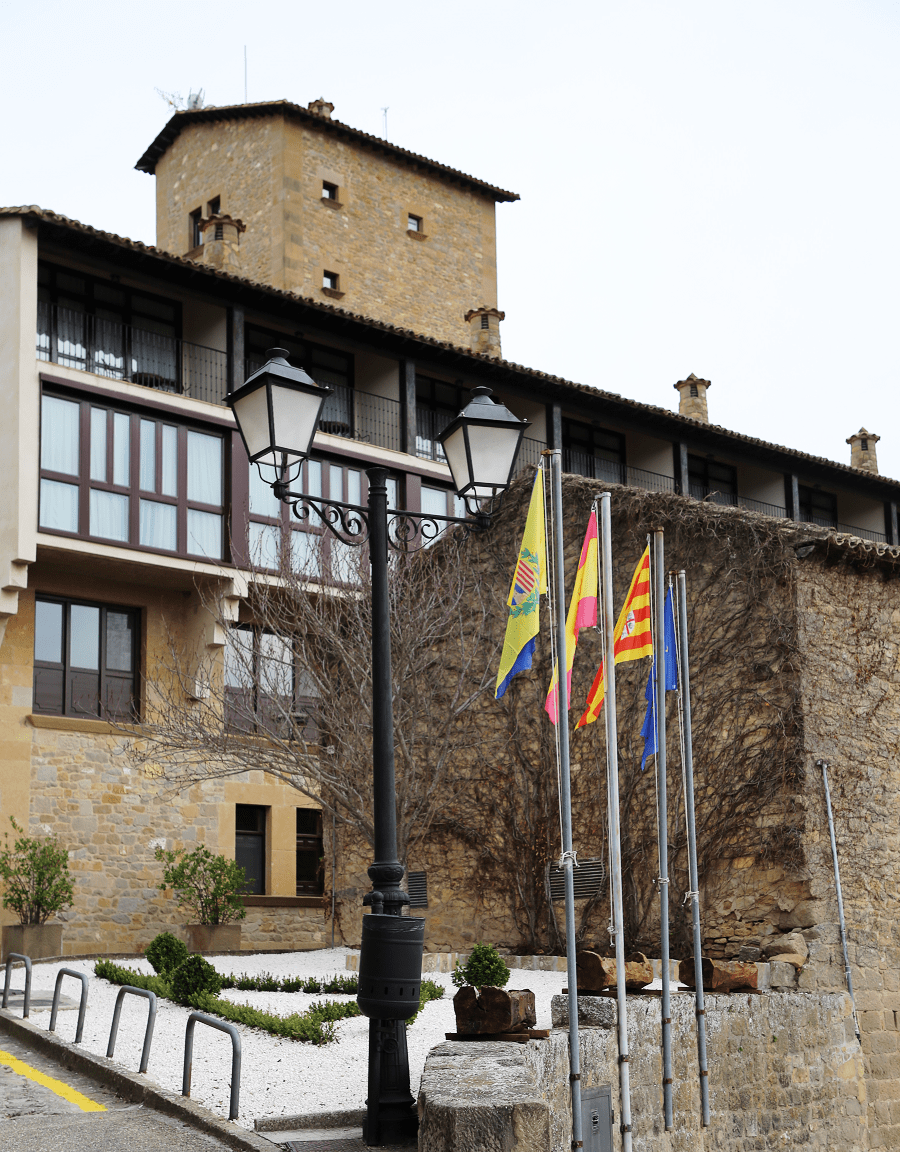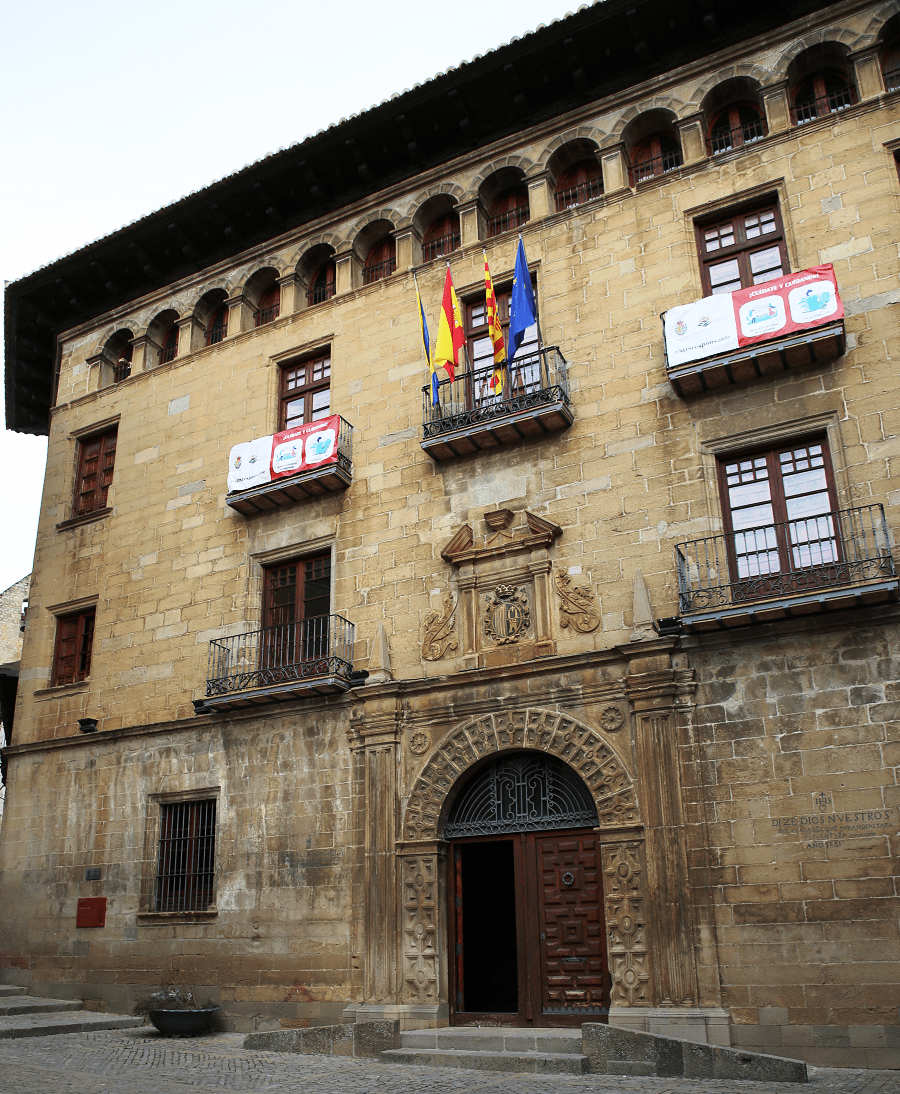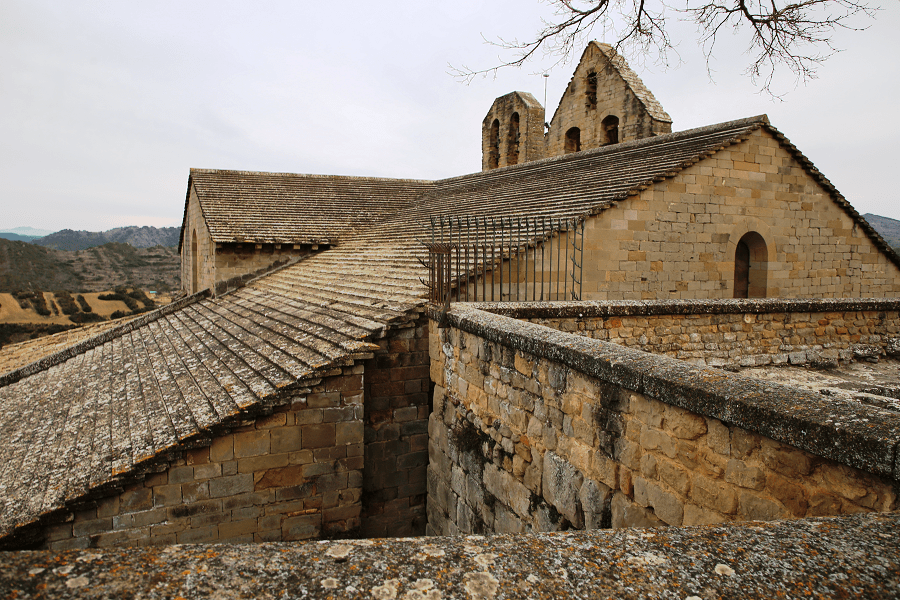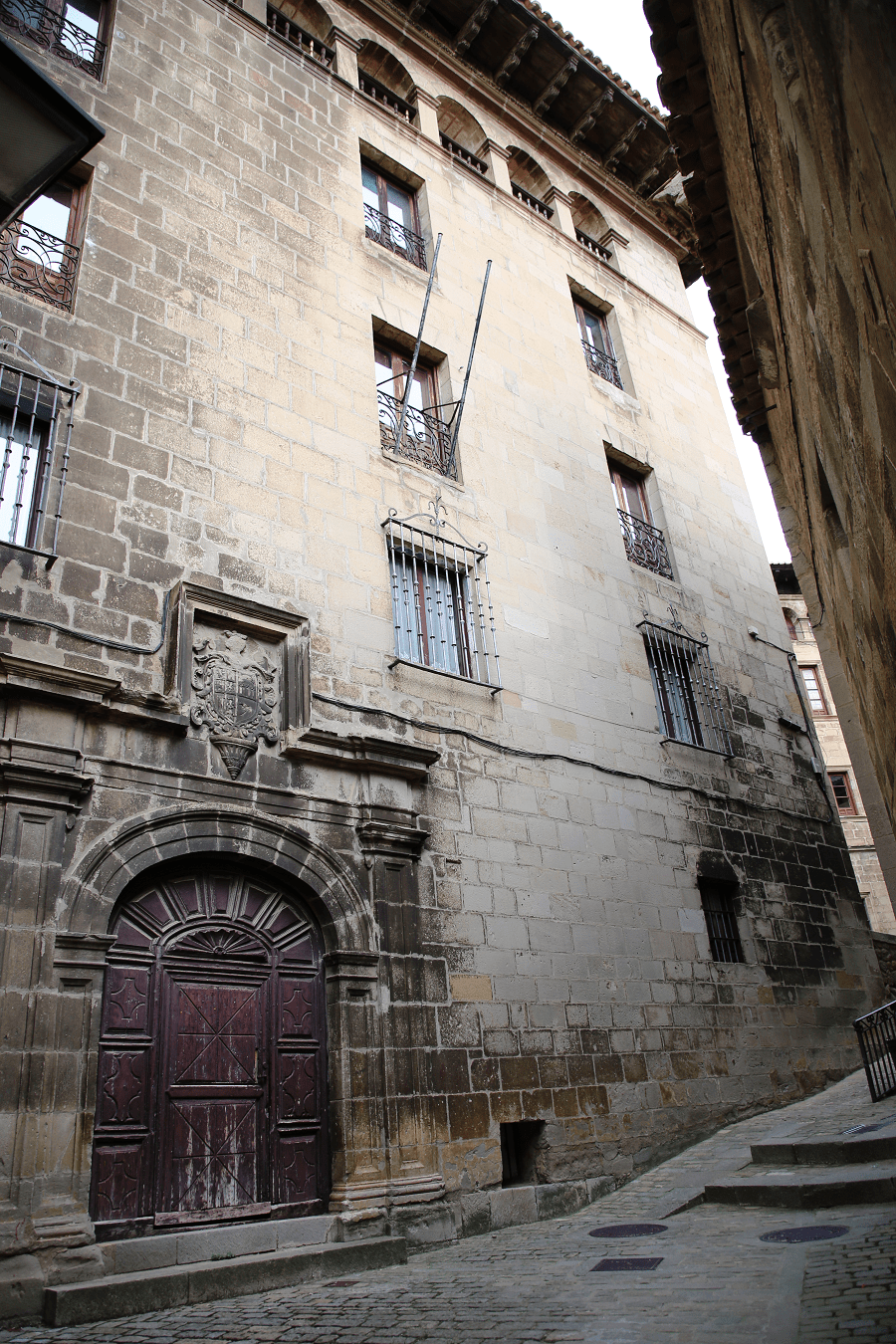Sos del Rey Católico (in Aragonese: Sos d’o Rei Catolico) is a historic town and municipality in the province of Zaragoza, in Aragon, Spain.
Since 2016 the city has been a part of the network “The most beautiful villages of Spain“.
Along with Uncastillo, Sádaba, Ejea de los Caballeros and Tauste, Sos del Rey Católico is one of the five towns comprising the comarca of Cinco Villas being its former capital.
Its entire historic center is very well preserved and the town was declared a Historic-Artistic Site and an Asset of Cultural Interest in 1968. The exceptional conservation of its urban center makes a walk through this town a journey into the past, highlighting the walls, churches, the Plaza de la Villa and the Palacio de los Sada, where Fernando el Católico was born in 1452. The movie La heifer (1985), by Luis García Berlanga, was shot in Sos del Rey Católico.
Main attractions
Castillo de Sos de Aragón, in an inside light promontory rise this castle built by Ramiro II of Aragon in the 12th century, with further reforms. Has irregular plant, with a bucket provided with arrow slits and in the center, the most remarkable vestige that has been preserved of the 12th-century castle is the slender tower of homage, a square of 6 m side and topped by battlements, point from which the Pyrenean peaks can be seen, both Huescan as Navarrese.
Palacio de los Sada, this palace dates from the late 15th century, in Gothic style, and reformed in 16th and 17th centuries. It was built on the ruins of a castle and belonged to the Sada family from the French Provence.
Barrio judío (the Jewish quarter) had great importance during the medieval era, in it lived about 30 families who came to the village in the 12th century and had to migrate to the neighboring Kingdom of Navarre in 1492, date on which the Catholic Monarchs signed the decree expelling the Jews of the kingdom of Castile and Aragon.
City Walls, The town of Sos is located on a rocky spur and is surrounded by the Gothic walls, which are confused in some parts with buildings. Of which seven city gates are preserved:
- City Gates, the nature of border town between the neighboring kingdoms of Navarre and Aragon, made the medieval town has a defensive wall around the entire perimeter of the town. Are seven tower-shaped city gates of the walls, giving access to the intramural enclosure are preserved today.
- Portal de Zaragoza, It gives the main access, to Calle Fernando el Católico leading to Plaza de la villa.
- Portal de la Reina, called with this name, because according to tradition probably entered Queen Juana Enríquez from Navarre.
- Portal de Sangüesa.
- Portal de Jaca.
- Portal de Uncastillo.
- Portal de Bueno, this preserve only the arch with keystones..
- Portal de El Mudo, of pointed arch.
Plaza de la Villa (square and Medieval market), one of the Sos’s most important places. On the one hand it find a portico where the weekly market was held during the Middle Ages and where stands a triangular hollow popularly known as “el quesito” in this site the market’s officer or almutafaz placed the “romana”, a scale for weighing products and thus prevent merchants deceive buyers.
Casa de la Villa, (town hall), a Renaissance building from the late 16th century, renovated in the 19th century, and restored to adapt to its current role as administrative headquarters of the municipal offices, in the 1980s. in which highlights the town’s coat of arms located on the front door and an inscription, of year 1681, on the right side of it where it can read “Dice Dios nuestro señor, en la casa del que jura no faltará desventura” (says God our Lord, in the house of who oath will not lack misfortune).
Iglesia de San Martín de Tours, it was the chapel of the primitive castle on that settled the Palacio de los Sada. Of Proto-Gothic style, built in the 13th century, consists of a rectangular nave and apse, wooden roof over pointed arches and preserves Gothic murals in the apse.
Palacio Español de Niño, this building is in Renaissance style and was built as the nobility palace of the Español de niño of the late 16th century.
Ermita de Santa Lucía, it is a small church located outside the city walls. Built in the late-12th century or early-13th century. The facade of the church is simple. Originally, it was consecrated to Saint Michael, whom he referred to by the Gothic mural paintings preserved in the apse. Currently, the hermitage is visited on the Saint Lucia’s day (December 13), before or after the offices held there.
Palacio del Consistorio, an example of 16th-century Aragonese civil architecture.
Best restaurants
There is one Michelin list restaurant in the city: La Cocina del Principal, Fernando El Católico 13, 55 EUR • Traditional Cuisine.
How to get to?
From Zaragoza 1 hr 36 min (122 km) via A-127
From Madrid 4 hr 19 min (407 km) via A-2
Main information
Area: 216 km² (municipality)
Coordinates: 42°29′50″N 1°12′56″W
Population: 574
Languages: Spanish, Aragonese
Currency: Euro
Visa: Schengen
Time: Central European UTC +1



